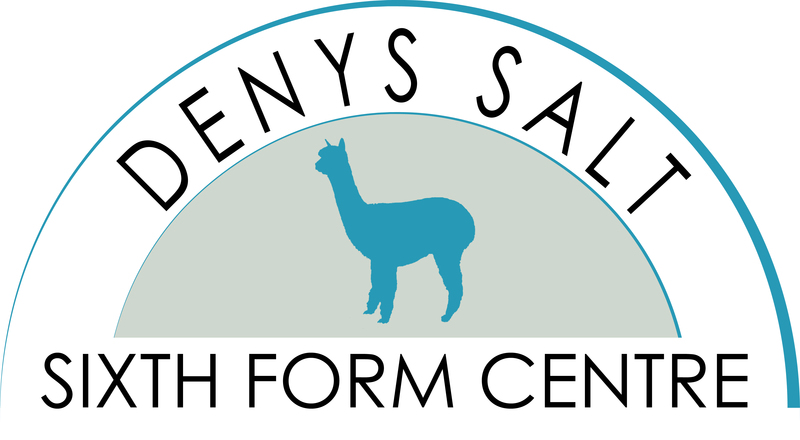
A Level Media Studies QAN code 60311496/5350 This A Level Media Studies specification is based on the theoretical framework for analysing and creating media, which provides learners with the tools to develop a critical understanding and appreciation of the media. The framework consists of four inter-related areas: • media language: how the media through their forms, codes, conventions and techniques communicate meanings • representation: how the media portray events, issues, individuals and social groups • media industries: how the media industries' processes of production, distribution and circulation affect media forms and platforms • audiences: how media forms target, reach and address audiences, how audiences interpret and respond to them, and how members of audiences become producers themselves. 1: Media Products, Industries and Audiences The examination assesses media language, representation, media industries, audiences and media contexts. It consists of two sections: • Section A: Analysing Media Language and Representation • Section B: Understanding Media Industries and Audiences 2: Media Forms and Products in Depth The examination assesses media language, representation, media industries, audiences and media contexts. It consists of three sections. • Section A – Television in the Global Age • Section B – Magazines: Mainstream and Alternative Media • Section C – Media in the Online Age 3: Cross-Media Production An individual cross-media production based on two forms in response to a choice of briefs set by WJEC, applying knowledge and understanding of the theoretical framework and digital convergence. This course demands a good degree of imagination, initiative and self-motivation. It does not lend itself to the technophobe!
A minimum of five GCSE passes at grades 4 or 5 including English Language and Maths. Students must then meet subject specific typical minimum entry requirements (listed below).
Exams: Paper 1 - 35% Paper 2 - 35% Coursework - 30%
About Education Provider
| Region | Yorkshire and the Humber |
| Local Authority | Bradford |
| Ofsted Rating | Good |
| Gender Type | Co-Educational |
| Address | Higher Coach Road, Baildon, Shipley, BD17 5RH |
A Level Media Studies QAN code 60311496/5350 This A Level Media Studies specification is based on the theoretical framework for analysing and creating media, which provides learners with the tools to develop a critical understanding and appreciation of the media. The framework consists of four inter-related areas: • media language: how the media through their forms, codes, conventions and techniques communicate meanings • representation: how the media portray events, issues, individuals and social groups • media industries: how the media industries' processes of production, distribution and circulation affect media forms and platforms • audiences: how media forms target, reach and address audiences, how audiences interpret and respond to them, and how members of audiences become producers themselves. 1: Media Products, Industries and Audiences The examination assesses media language, representation, media industries, audiences and media contexts. It consists of two sections: • Section A: Analysing Media Language and Representation • Section B: Understanding Media Industries and Audiences 2: Media Forms and Products in Depth The examination assesses media language, representation, media industries, audiences and media contexts. It consists of three sections. • Section A – Television in the Global Age • Section B – Magazines: Mainstream and Alternative Media • Section C – Media in the Online Age 3: Cross-Media Production An individual cross-media production based on two forms in response to a choice of briefs set by WJEC, applying knowledge and understanding of the theoretical framework and digital convergence. This course demands a good degree of imagination, initiative and self-motivation. It does not lend itself to the technophobe!
A minimum of five GCSE passes at grades 4 or 5 including English Language and Maths. Students must then meet subject specific typical minimum entry requirements (listed below).
Exams: Paper 1 - 35% Paper 2 - 35% Coursework - 30%